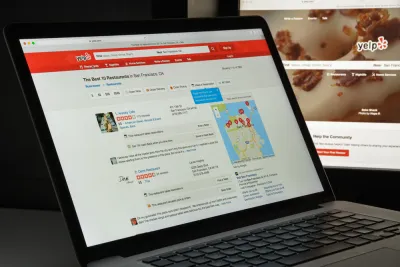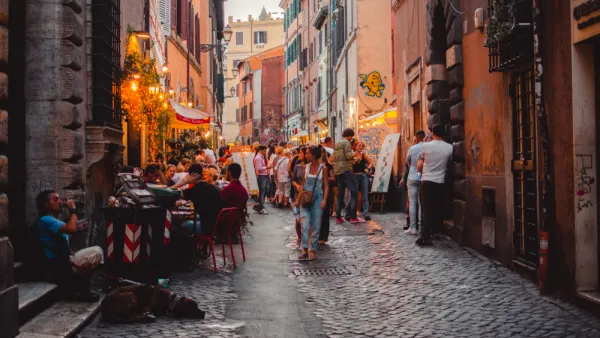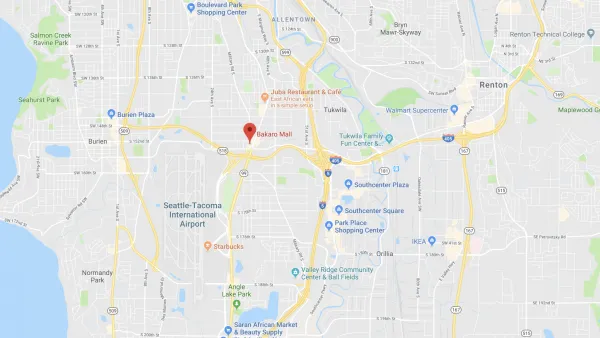As "foodies" venture into new territory in search of exciting food experiences, they contribute to the transformation of urban foodscapes that have been built by people of color.

In today’s urban culture, “ethnic” food is having a moment. Pupusas, banh mi, phó, arepas, dosas, tamales, manakeesh, tacos, kebabs, empanadas, and other “exotic” dishes have become popular among affluent and white consumers keen to explore new flavors and establish their cultural capital and multicultural values. Foodies are skipping acclaimed restaurants in upscale districts for “holes in the wall” in immigrant and low-income neighborhoods to discover “authentic” culinary treasures.
However, as they venture into new territory in search of exciting food experiences, they contribute to the transformation of urban foodscapes — the physical, symbolic, cultural, lived, and imagined food environments — that have been built by people of color, often immigrants, to confront decades of neglect, segregation, and systemic racism by food retailers, investors, and policy makers.
What used to be foodscapes for residents are becoming increasingly cosmopolitan, privileging the tastes of outsiders who will presumably bring revenue, income, and status. The carefully curated foodscapes that emerge to meet new consumer demands erase the history of places, the struggles of residents, and the labor of food workers and ethnic entrepreneurs. Such erasure occurs in the way food and place are described and represented, as well as in the changing rhythm of everyday life and use of space for food production and consumption. Together, these processes create a new sense of place in which long-term residents and businesses no longer belong, pointing at the powerful role of food in contributing to gentrification.
FULL STORY: Are Your Yelp Reviews Causing Gentrification?

National Parks Layoffs Will Cause Communities to Lose Billions
Thousands of essential park workers were laid off this week, just before the busy spring break season.

Retro-silient?: America’s First “Eco-burb,” The Woodlands Turns 50
A master-planned community north of Houston offers lessons on green infrastructure and resilient design, but falls short of its founder’s lofty affordability and walkability goals.

Delivering for America Plan Will Downgrade Mail Service in at Least 49.5 Percent of Zip Codes
Republican and Democrat lawmakers criticize the plan for its disproportionate negative impact on rural communities.

Test News Post 1
This is a summary

Test News Headline 46
Test for the image on the front page.

Balancing Bombs and Butterflies: How the National Guard Protects a Rare Species
The National Guard at Fort Indiantown Gap uses GIS technology and land management strategies to balance military training with conservation efforts, ensuring the survival of the rare eastern regal fritillary butterfly.
Urban Design for Planners 1: Software Tools
This six-course series explores essential urban design concepts using open source software and equips planners with the tools they need to participate fully in the urban design process.
Planning for Universal Design
Learn the tools for implementing Universal Design in planning regulations.
EMC Planning Group, Inc.
Planetizen
Planetizen
Mpact (formerly Rail~Volution)
Great Falls Development Authority, Inc.
HUDs Office of Policy Development and Research
NYU Wagner Graduate School of Public Service





























